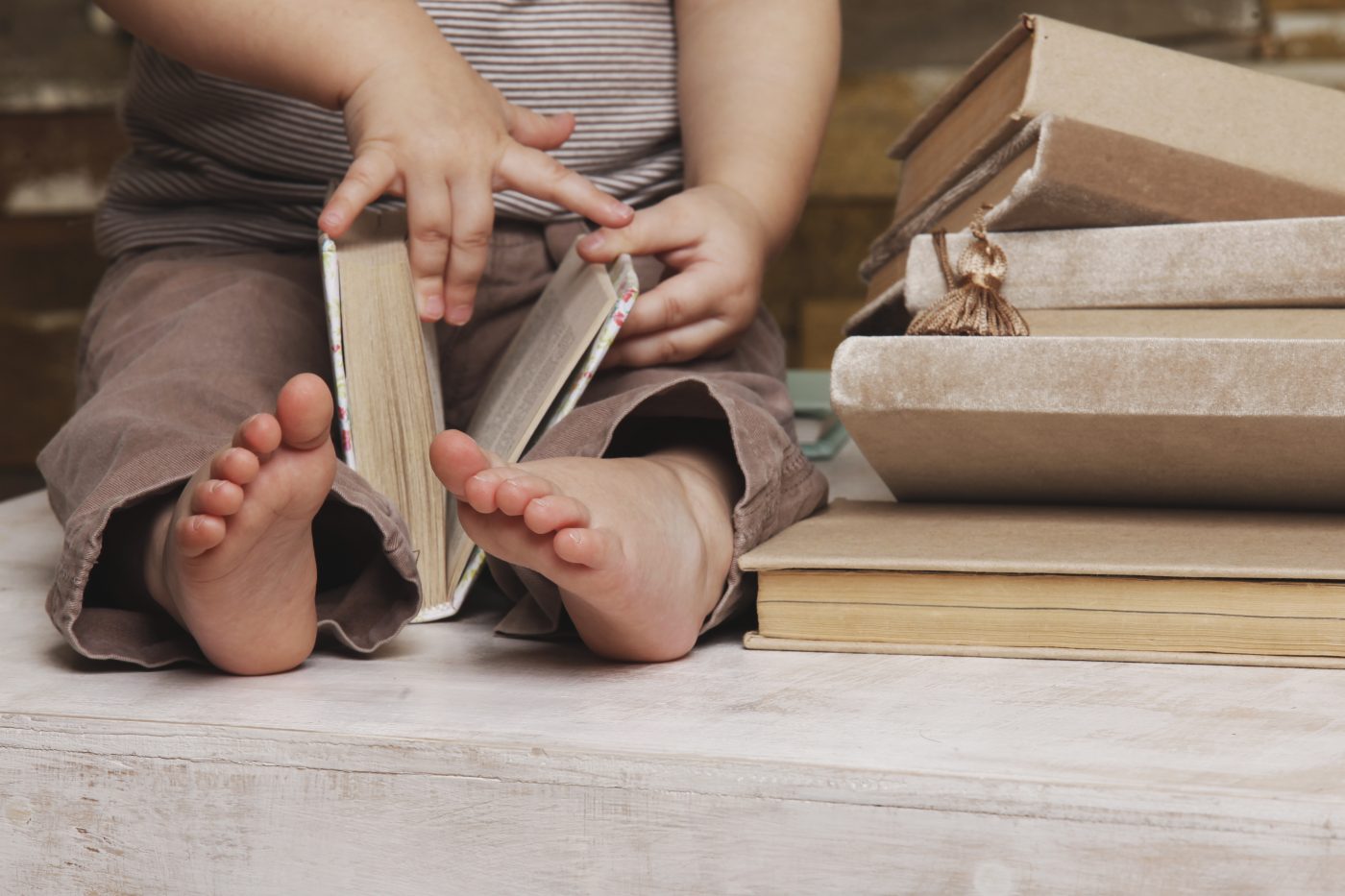
You’d be expecting your baby to be starting with a few words around the age of 1-year-old. But her brains will have been absorbing information and learning a huge amount every day right up until that time. You can, and should, do a huge amount of communication with her before she can actually talk. The absolutely best encouragement you can give her is really very simple – paying her lots of attention, talking to her a lot, asking her questions and giving her time to ‘respond’ by gurgling and babbling. By doing this, you’ll be laying the ground for a communicative and attentive child, who will enjoy talking, listening and feeling included and loved.
Babbling, to herself, her toys, even you – begins at around 5-7 months. ‘Da’ is often one of the first sounds, which Dads always love and Mums sometimes feel upset by, don’t be! It’s just an easier sound than ma!
Interestingly, the way that babies babble is the same all over the world. Whether you’re in London or Lima, little babies sound the same.
Before your baby can start joining in the conversation, a nice thing to do is chat to her about what’s happening. “Look at the beautiful blue sky today” or “Isn’t it cold? Let’s put our coats on before we go out”. Just include her in your day and let her hear your voice. She’ll also be getting very familiar with language by hearing lots of lovely words over and over again.
When you’re talking to your baby, you also need to give her the opportunity to respond. They’ll think they’re saying something and they’ll enjoy the whole process a lot more if you include them. You’ll probably be surprised how much they babble away if you let them.
Your baby will feel very valued and loved if you talk to them and include them all the time. As well as language development, it’s a hugely important part of the ongoing bonding process.
Motherese or Mother-Ease is the term for the special voice that parents often use to speak to their babies. It’s a sing-song voice, really sweet with a higher inflection than usual. It’s nice because it’s more like the baby’s emerging voice, and they’ll love trying to copy you.
Motherese comes very naturally, and Dads can use it too.
Lots of people like the idea of using hand signs for simple words with their baby, like a sign for ‘milk’ for example. It’s a great and simple idea that is fun to try.
You might find there are baby sign language groups where you can learn more about baby singing in your local area.
As babies grow, they stop their universal babble and tune into the particular language that is being spoken around them and start to develop that language.
Babies can learn more than one language fairly easily. It becomes much harder to learn another language by around the age of 7. So if you speak 2 or 3 languages, don’t be afraid to use them all. A good tip is for one parent to speak one language, the other parent to speak another, and maybe Grandma to speak a third. Having different people speaking the languages helps avoid confusion. It might be that the baby will take longer to speak clearly in 2 or 3 languages than they would if they were learning just one, but that seems obvious when there’s so much more they’re learning. It’s such an enormous advantage for the child growing up that it’s worth spending time on if you can when they’re little.